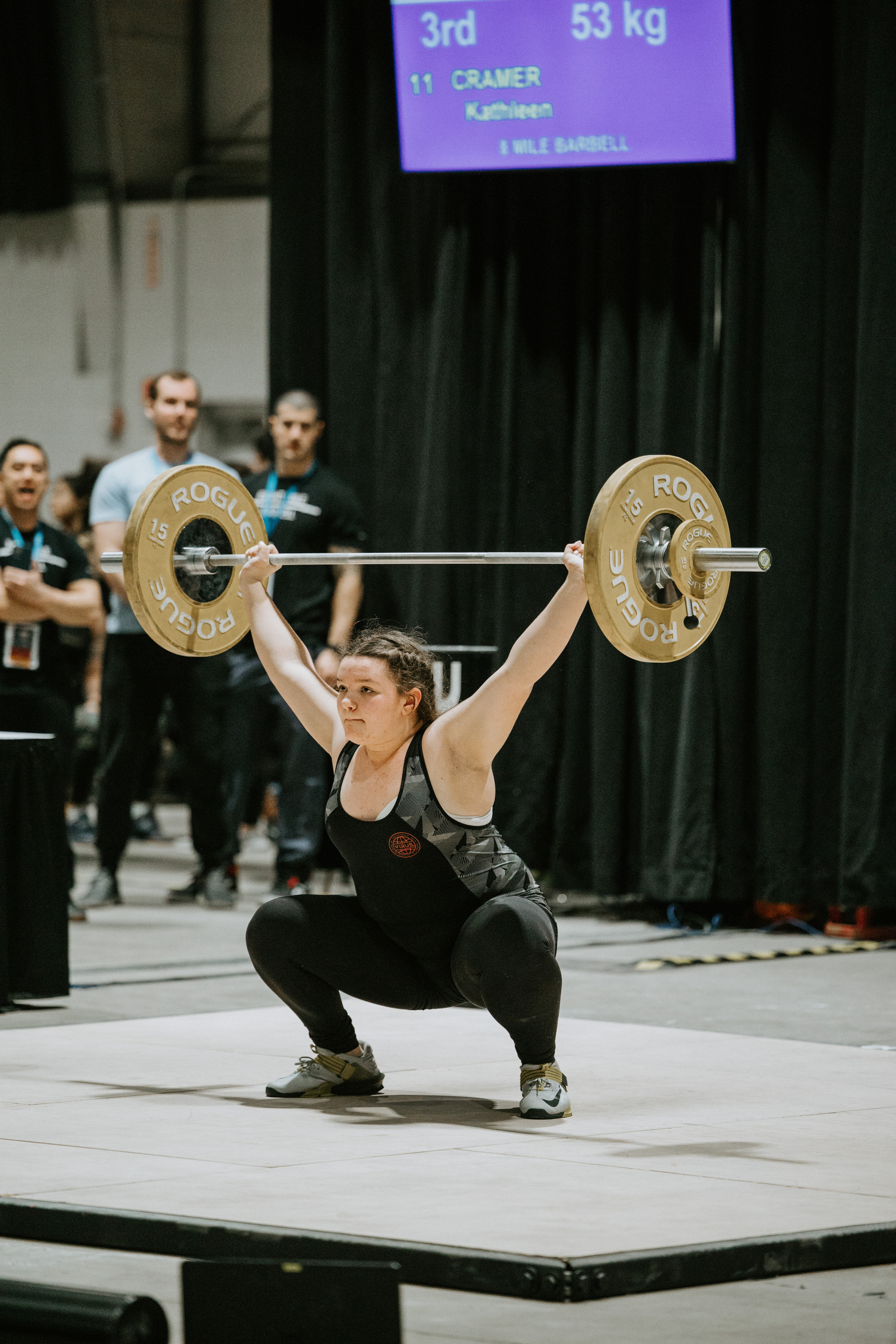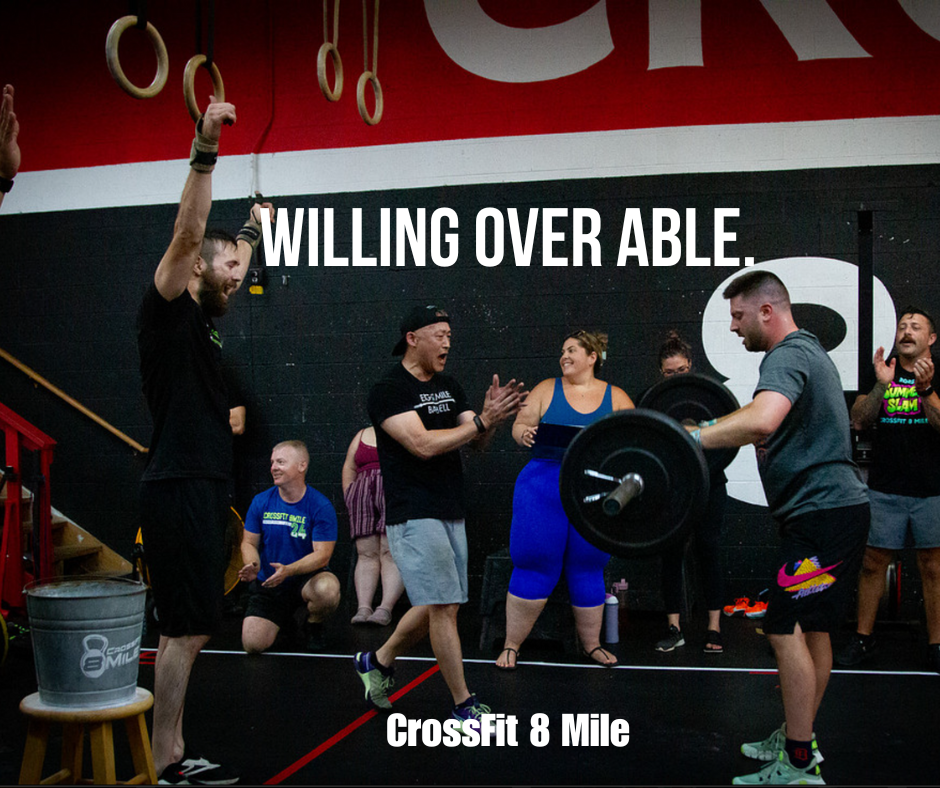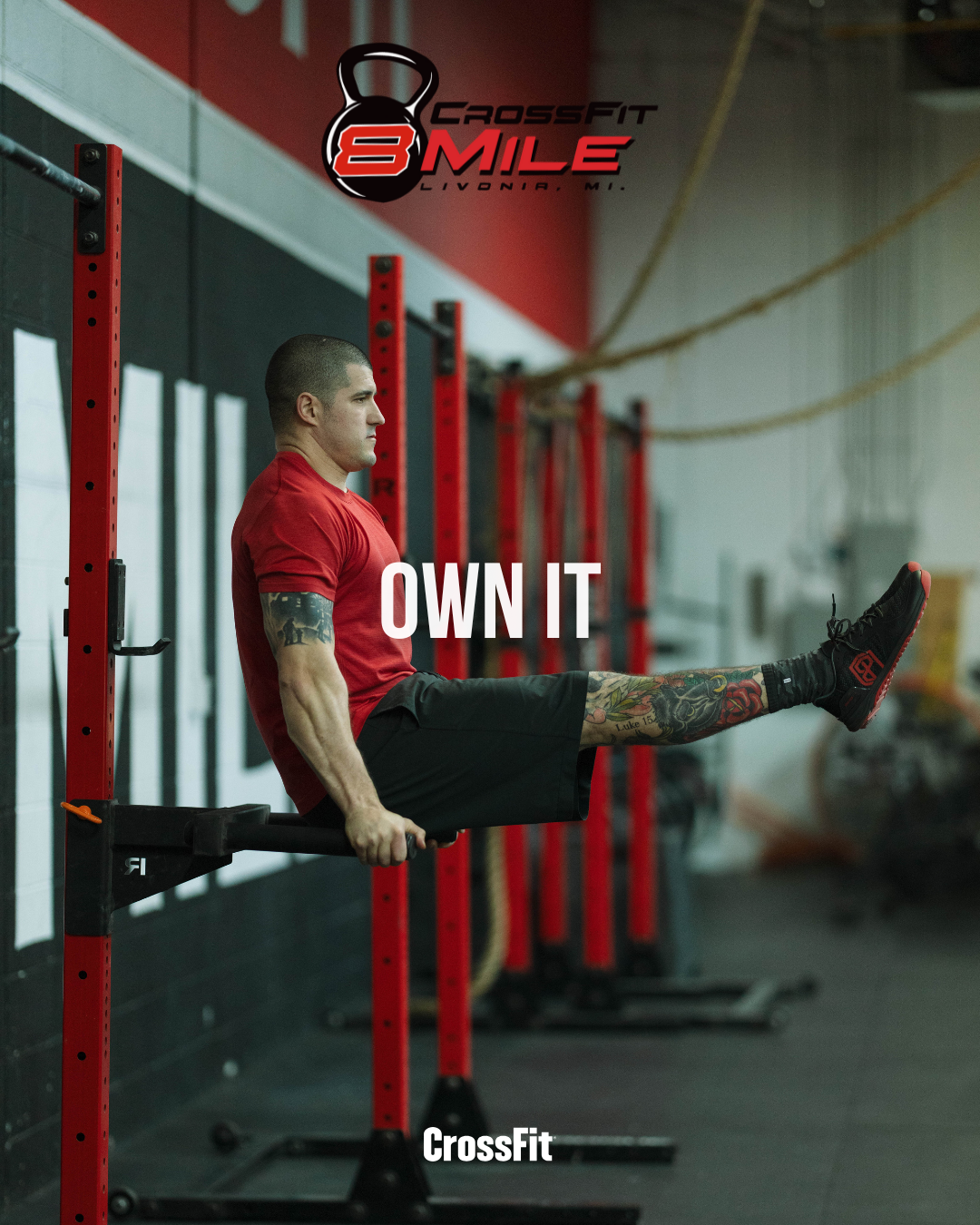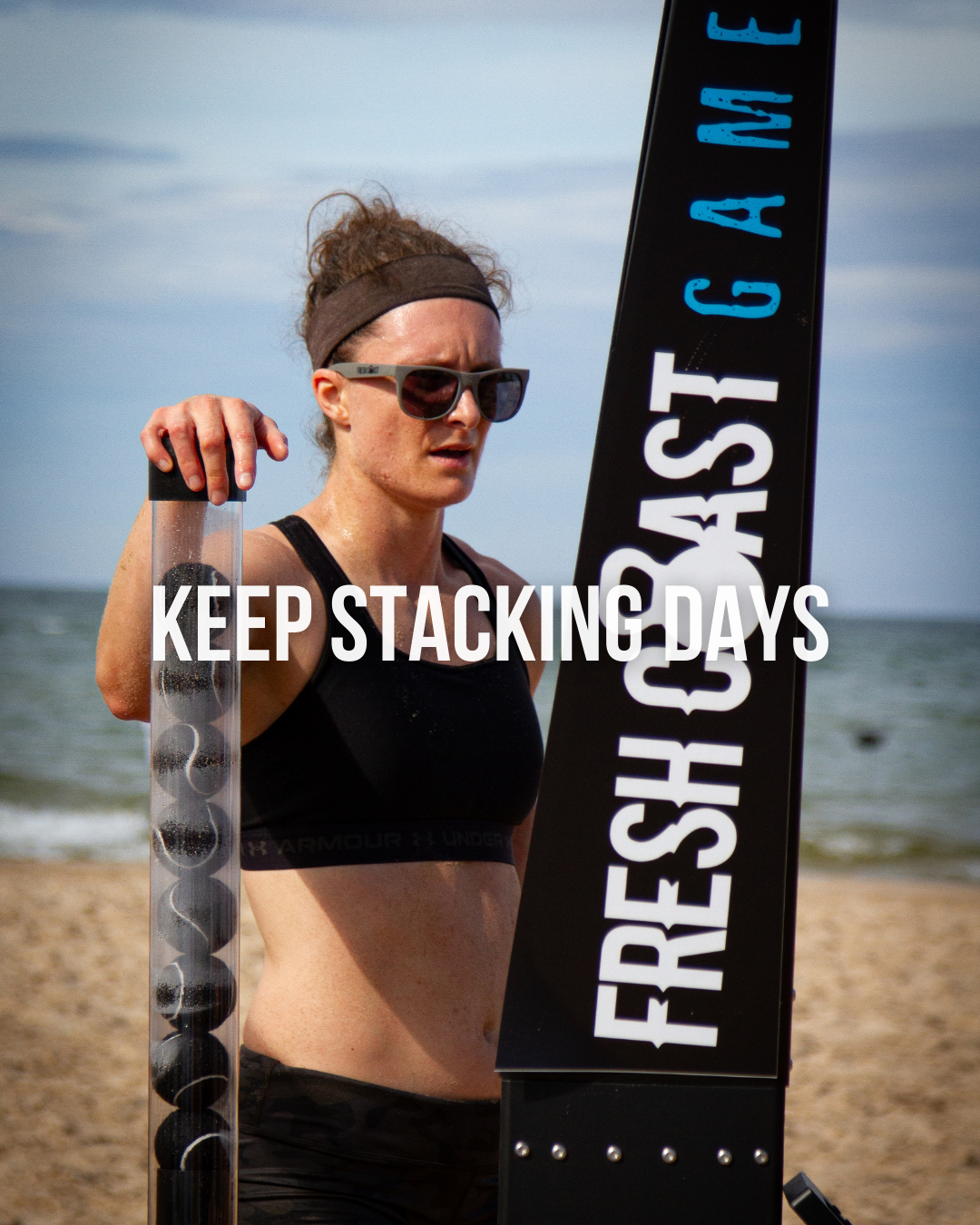

The Hook Grip: The Secret to Stronger, More Consistent Olympic Lifts
Why the Hook Grip is a Game-Changer in Olympic Weightlifting
If you’ve ever watched Olympic weightlifters move heavy weight with lightning speed and control, you might notice something interesting about how they grip the bar — their thumbs are wrapped under their fingers. That’s called the hook grip, and it’s one of the most important techniques in Olympic weightlifting for both the snatch and the clean.
What Is the Hook Grip?
The hook grip is when you wrap your thumb around the bar first, and then your index and middle fingers lock over your thumb. It might feel strange (and even a little uncomfortable) at first, but this small adjustment creates a much stronger and more secure connection between you and the barbell.
Why We Use It
In Olympic lifts, speed and precision matter just as much as strength. The hook grip allows you to:
- Maintain control of the barbell as it accelerates upward.
- Reduce grip fatigue — your thumb acts as a natural anchor, taking pressure off your forearms and fingers.
- Keep the bar close to your body for better bar path efficiency.
- Transition smoothly between the pull and the catch without worrying about losing your grip.
Essentially, the hook grip keeps you connected to the bar even during the most explosive parts of the lift — something a regular overhand grip just can’t guarantee.
What It Does Biomechanically
During the snatch and clean, the bar moves fast. Without a secure grip, the bar can roll or shift slightly in your hands, which can throw off your timing and bar path. The hook grip minimizes that movement by locking your thumb and fingers together, stabilizing the bar and allowing for a more consistent and powerful pull.
This stability also helps during the turnover and catch phases — when you’re pulling under the bar, you don’t have to worry about re-gripping or losing contact. You can focus fully on positioning and speed under the bar.
The Downside of NOT Using It
Lifters who avoid the hook grip often hit a wall as weights get heavier. Without it:
- The bar may slip out of your hands during explosive pulls.
- You’ll rely too much on grip strength rather than technique.
- You risk developing inconsistent lifts as your grip gives out before your power does.
- Ultimately, it limits your potential — your strength, speed, and confidence under heavier weights will all suffer.
Many beginners try to skip it because it feels awkward or painful at first — but those who push through that initial discomfort quickly realize the payoff is huge.
Getting Comfortable With the Hook Grip
Like anything new, it takes a bit of time and practice. Here are a few tips:
- Start with lighter weights to get used to the feeling.
- Tape your thumbs if needed to reduce friction or pressure.
- Use the grip in every snatch and clean, even during warm-ups, to build habit and tolerance.
- Don’t overthink it — with consistent use, it’ll feel natural before you know it.
The hook grip might not be glamorous, but it’s a cornerstone of Olympic weightlifting technique. It allows lifters to move heavier loads with more control, efficiency, and safety. If you’re serious about improving your snatch and clean — and unlocking your full potential — the hook grip isn’t optional; it’s essential.
Embrace the discomfort early, and your future self (and your PRs) will thank you.





.png)